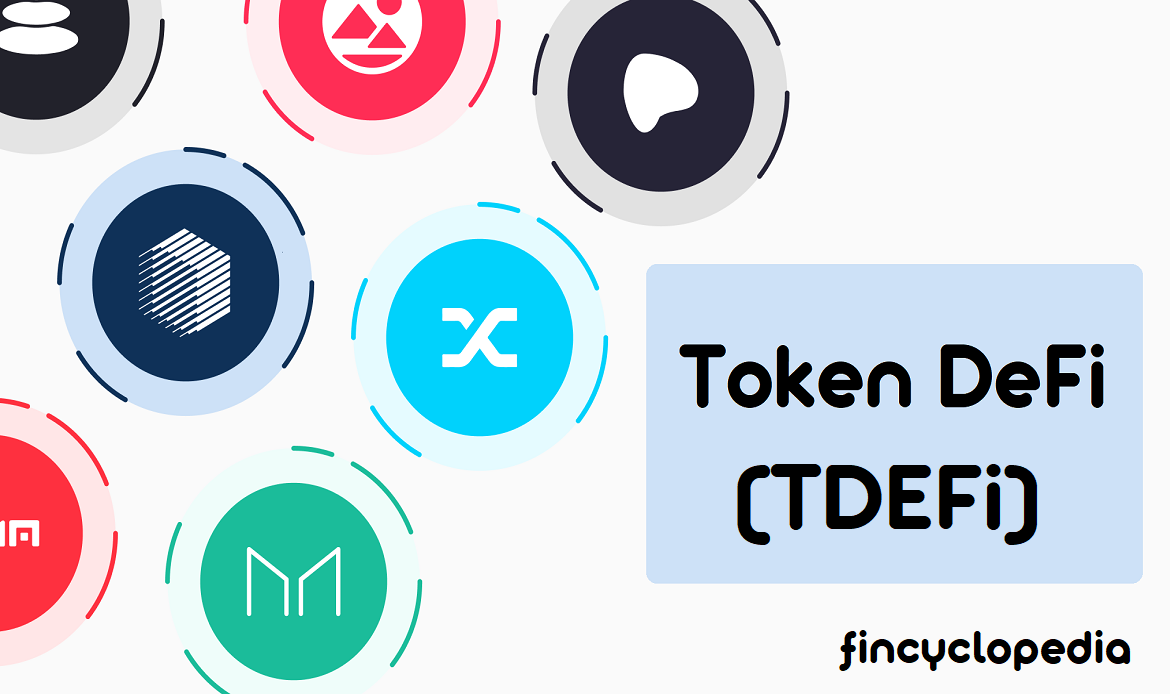
Virtual assets
A virtual asset is that digitally represents value and that can be traded, or transferred, between market participants using online portals and set-up and can be used for payment and/ or investment purposes. A virtual asset is any form of value that is carried in digital or virtual form. It can be used and traded as a digital representation of ownership or rights and hence can be used as a form of wealth (equity) representation.
In the context of crypto, virtual assets usually refer to blockchain-based assets that can be used for investing and trading purposes, as well as as a means of payment for purchases. Exchange of virtual assets taken place through a virtual asset transfer (a crypto asset transfer) which involves sending virtual assets from one address to another for the defined purposes.
Digital assets
On the other hand, a digital asset is any source of value or wealth that exists only in digital form and comes with a distinct right to use or distinct permission for use. Digitally stored data that do not have those rights are not considered assets. A digital asset is an asset that can be stored and traded on a blockchain or other distributed ledger technology. Examples of digital assets include NFTs, utility tokens, and similar types of assets that are created and can be tracked on the blockchain.
Differences between virtual assets and digital assets
While the terms “digital asset” and “virtual asset” are often used interchangeably, but in certain contexts they are overlapping. There are certain key conceptual and practical differences between the two terms. All virtual assets are digital assets, but not all digital assets are virtual assets. In order to be a virtual asset, a digital asset must possess its own value and shall be able to be exchanged for other forms of assets.
The term “virtual assets” is primarily used for market participants’ experience with online transactions and virtual venues. Digital assets, on the other hand, can serve a variety of other purposes such as storing important data, creating and distributing content, and facilitating transactions. All digital assets are virtual assets, and all crypto assets are digital and virtual assets, but not all digital assets are crypto assets and not all virtual assets are digital assets.







